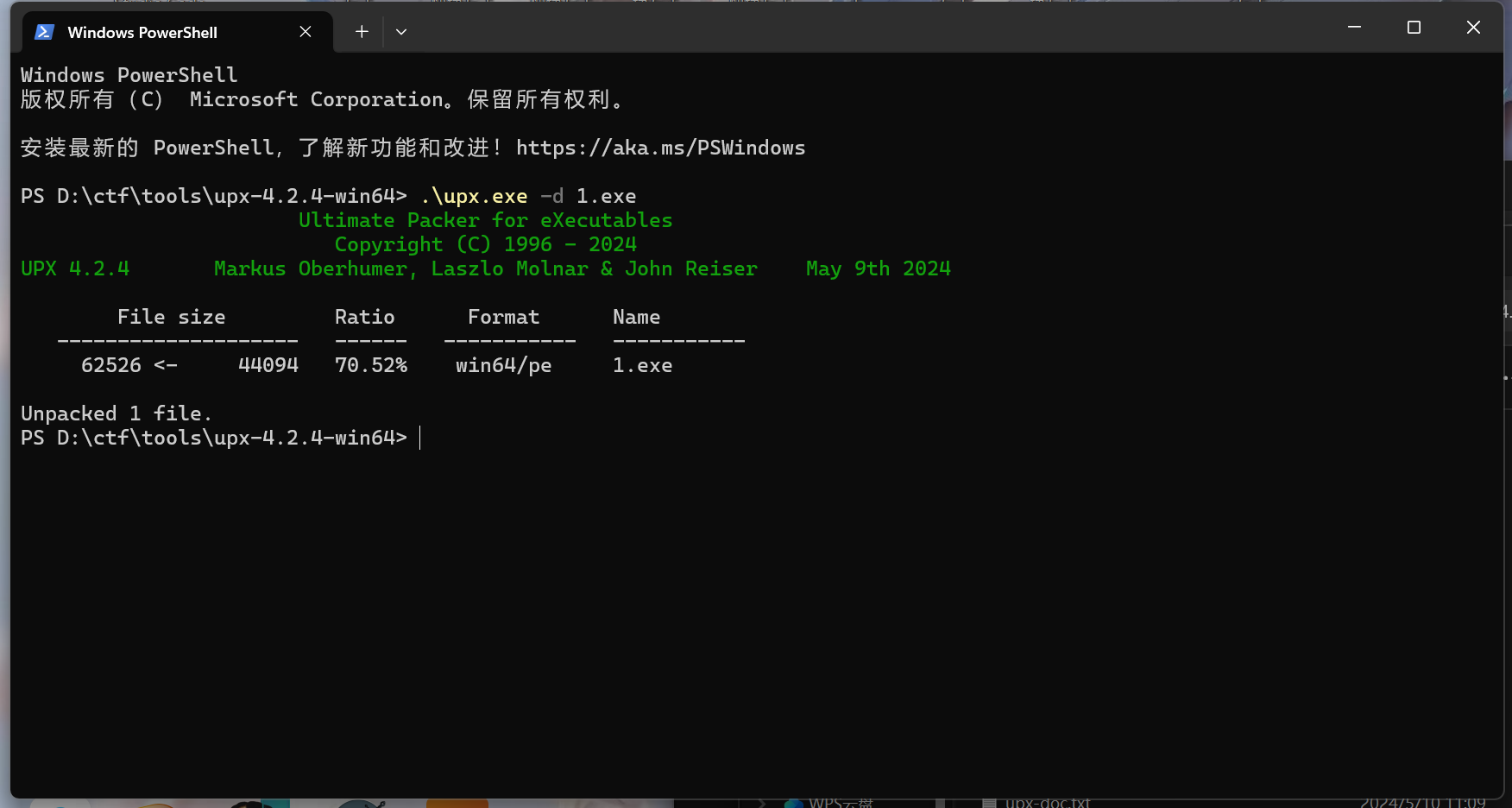1
2
3
4
5
6
7
8
9
10
11
12
13
14
15
16
17
18
19
20
21
22
23
24
25
26
27
28
29
30
31
32
33
34
35
36
37
38
39
40
41
42
43
44
45
46
47
48
49
50
51
52
53
54
55
56
57
58
59
60
61
62
63
64
65
66
67
68
69
70
71
72
73
74
75
76
77
78
79
80
81
82
83
84
85
86
87
88
89
90
91
92
93
| from collections import deque
# str为ida中使用快捷键[shift+e]提取到的数据, 如果提取的是string literal则加上引号视作字符串,如果是C array(decimal)则加上中括号视作列表
str = [
120, 36, 36, 36, 36, 36, 36, 36, 36, 36,
36, 36, 36, 36, 36, 38, 38, 38, 38, 38,
38, 36, 36, 36, 36, 36, 36, 36, 36, 36,
38, 36, 38, 36, 36, 38, 36, 36, 38, 38,
38, 38, 38, 36, 36, 38, 36, 38, 36, 36,
36, 38, 38, 36, 36, 36, 36, 38, 36, 36,
38, 36, 36, 36, 38, 38, 38, 36, 36, 36,
36, 36, 38, 36, 36, 38, 36, 36, 36, 38,
36, 38, 38, 36, 38, 36, 36, 36, 36, 36,
38, 36, 36, 36, 38, 36, 38, 36, 36, 38,
38, 38, 36, 36, 36, 38, 38, 38, 38, 38,
36, 38, 38, 38, 38, 36, 38, 36, 36, 36,
36, 36, 36, 36, 36, 36, 38, 38, 38, 38,
38, 38, 36, 36, 36, 36, 36, 36, 36, 36,
36, 38, 36, 36, 36, 36, 36, 36, 36, 36,
36, 36, 36, 38, 38, 38, 38, 36, 36, 38,
38, 38, 36, 36, 36, 36, 36, 36, 38, 38,
38, 38, 38, 38, 38, 36, 36, 36, 36, 36,
36, 36, 36, 36, 36, 36, 36, 36, 36, 38,
36, 36, 38, 36, 36, 36, 36, 36, 36, 36,
36, 36, 36, 36, 38, 36, 38, 36, 36, 36,
36, 36, 36, 36, 36, 36, 38, 38, 38, 38,
38, 38, 38, 38, 121
]
s = 0 # s用作索引访问str, 供下面tmp列表取值
# 分析题目后设置迷宫的行列
row = 15 # 设置二维迷宫行数
col = 15 # 设置二维迷宫列数
maze = []
for i in range(row):
tmp = []
for j in range(col):
tmp.append(str[s])
s += 1
maze.append(tmp) # 凑一行添加一行到迷宫中
print(maze)
# 设置二维四向迷宫, 如果题目是多个小迷宫问题, 拆分多次调用脚本获取路径即可
path_len = 0x7fffffff # 如果题目未给出终点坐标,则一定会指定路径的长度,在此处修改路径长度并+1,否则请保留path_len的极大值 0x7fffffff
# 进行BFS寻找路径
def bfs(start, end, barrier):
directions = [(0, 1), (1, 0), (0, -1), (-1, 0)] # 定义四个方向的移动
for i in range(len(maze)): # 获取起点和终点在列表中的索引
for j in range(len(maze[i])):
if (maze[i][j] == start):
start = (i, j)
if (maze[i][j] == end):
end = (i, j)
# 以下均是bfs算法套路
queue = deque()
queue.append((start, [start])) # (当前位置, 路径)
visited = set()
visited.add(start)
while queue:
position, path = queue.popleft()
if position == end:
return path
elif len(path) == path_len:
return path
for d in directions:
next_position = (position[0] + d[0], position[1] + d[1])
if 0 <= next_position[0] < len(maze) and 0 <= next_position[1] < len(maze[0]) and \
maze[next_position[0]][next_position[1]] != barrier and next_position not in visited:
queue.append((next_position, path + [next_position]))
visited.add(next_position)
return None
# 执行BFS搜索并打印结果
if __name__ == '__main__':
# maze[起点x坐标][起点y坐标] = 'S' #如果题目给了起点终点的坐标,在这里直接给起点和终点添加特征
# maze[终点x坐标][终点y坐标] = 'E'
path = bfs(120, 121, 36) # bfs函数传入参数代表起点、终点、障碍的特征(若题目给出的数据无特征, 手动添加特征即可, 通常障碍是1也有可能是0或其它字符如'#')
print("移动路径坐标:", path)
print("移动路径方位:", end='')
for i in range(1, len(path)):
x1, y1, x2, y2 = path[i - 1][0], path[i - 1][1], path[i][0], path[i][1]
if (x1 > x2): # 上
print("w", end='')
elif (x1 < x2): # 下
print("s", end='')
elif (y1 > y2): # 左
print("a", end='')
elif (y1 < y2): # 右
print("d", end='')
|


































































